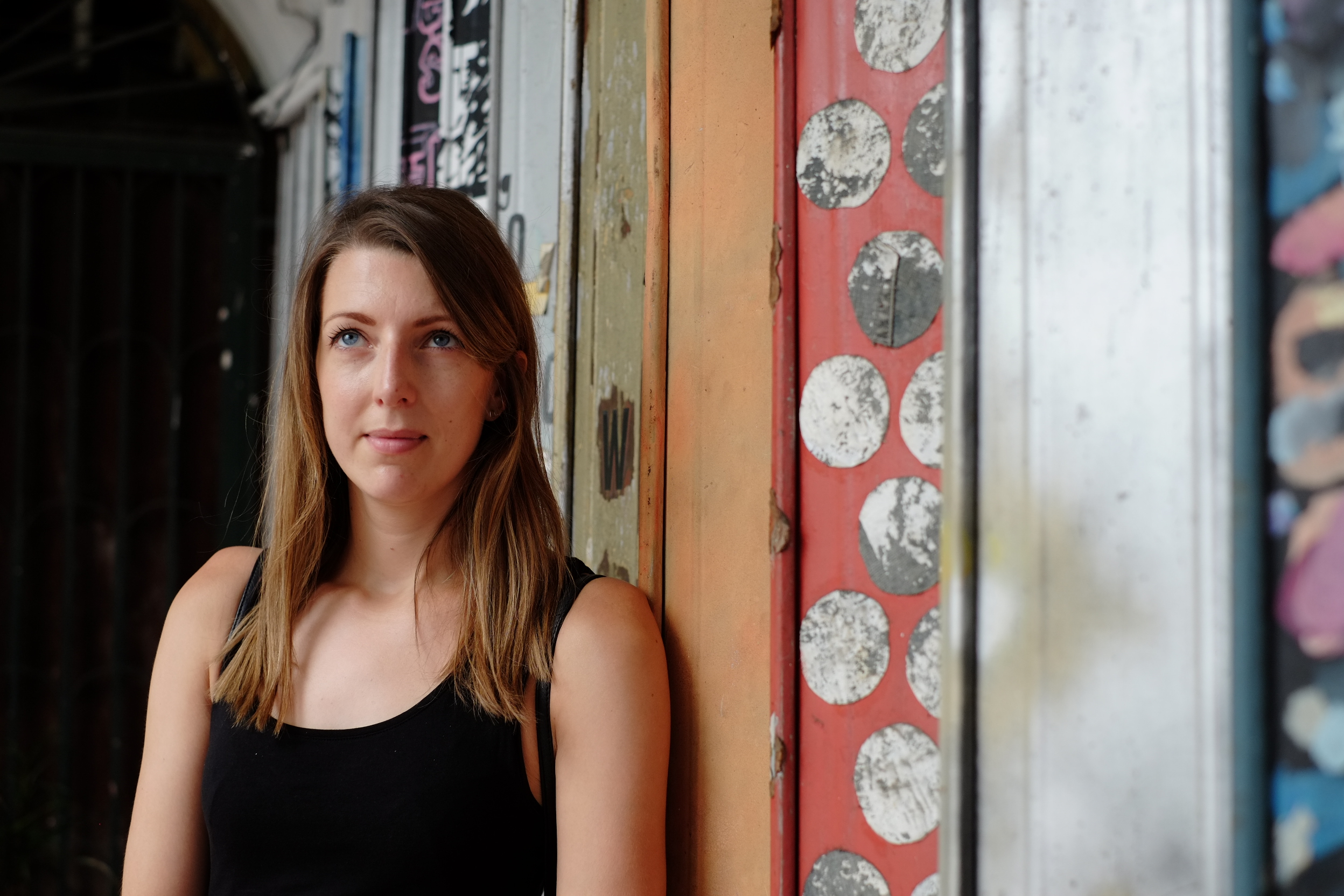Interview with Senior Product Designer Fabiano Bernardo
Fabiano is a Senior Product Designer working from Lyon and making it easy for professional drivers to enjoy their work.
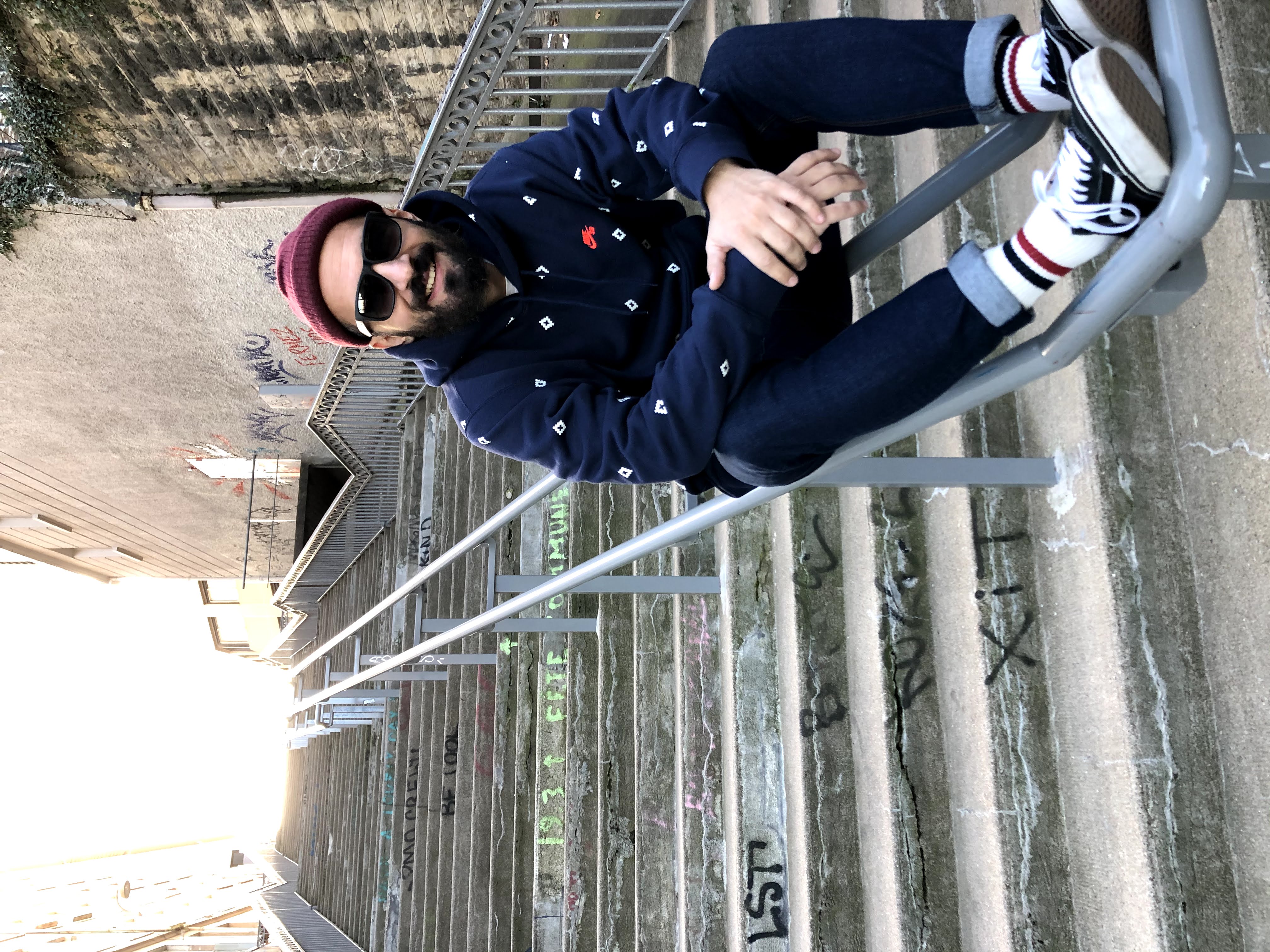
What led you into remote work?
I’m a computer science engineer but after a couple of years working as a front end developer, back in 2013, I realized that I had to get involved earlier in projects because I was only implementing solutions without participating in problem definition and the discovery phase. Plus I didn’t see myself writing code for the rest of my life.
I started as a web designer, then a UI/UX designer and finally, I became a product designer.
I’ve always worked in-house, for big companies and small startups. After joining the first startup I discovered remote work from time to time. I enjoyed it and I wanted to make it my default way of working.
At the same time, after spending my whole student life doing a little less than 3 hours commute every day, every time I changed my job, I wanted to reduce my daily commute. At the beginning was 90 mins subway commute, then 60 mins driving, finally I managed to bring it down to 15/20 mins walking.
While living in Lisbon, Portugal in 2017 with my French girlfriend, we decided to move back to France and it was back then that I found out about Heetch, a French startup based in Paris but with a remote-first policy for engineers.
Moving to Paris was a no go for us, so while discussing my future position, we agreed that I’d be the first 100% remote product designer of the company. A huge bet for Heetch and for myself too.
I have to admit that I was scared about being remote all the time after spending my whole career sitting close to PMs and engineers, but almost a year and a half later I could not see myself going back to work at the office every day. So I guess I made the right choice :) Remote work is clearly the way we will work in tech in the future and I’m super happy I managed to go fully remote already and be ahead. For that, I’ll always thank Heetch for the opportunity because remote product design isn’t really a thing in France yet.
What does a typical day look like?
I have to admit I don’t really have a typical day, but what I try to do is to get up, get dress, have a decaf, tea or juice (I don’t eat breakfast because of the 16:8 fasting I do every day), and either work from home or from a coworking space.
Mondays are dedicated to weekly and sync calls with my squad, the product design team, and the product team. The rest of the week is organized based on the sprint goals to achieve, so design critiques, brainstorming, focus sessions, calls, prototyping sessions, and user testing are the main activities.
If I decide to work from home, during my lunch break I’ll either go for a run or cook something. If I work from a coworking, I normally have lunch with a few colleagues working remotely from Lyon like me.
Going out for a run is a great moment of the day because I manage to clear my head and to get some fresh air. If I don’t go for a run, I’ll work out at home at the end of the day, just before dinner. I recently started bouldering, I have to admit that is a fascinating way to disconnect and to work out.
I’d close the day by either watching some TV show or movie, or reading a book (at this moment I’m reading Hooked: How to Build Habit-Forming Products by Nir Eyal), or if Juventus is playing I’d watch the game for sure.
What's your workstation setup?
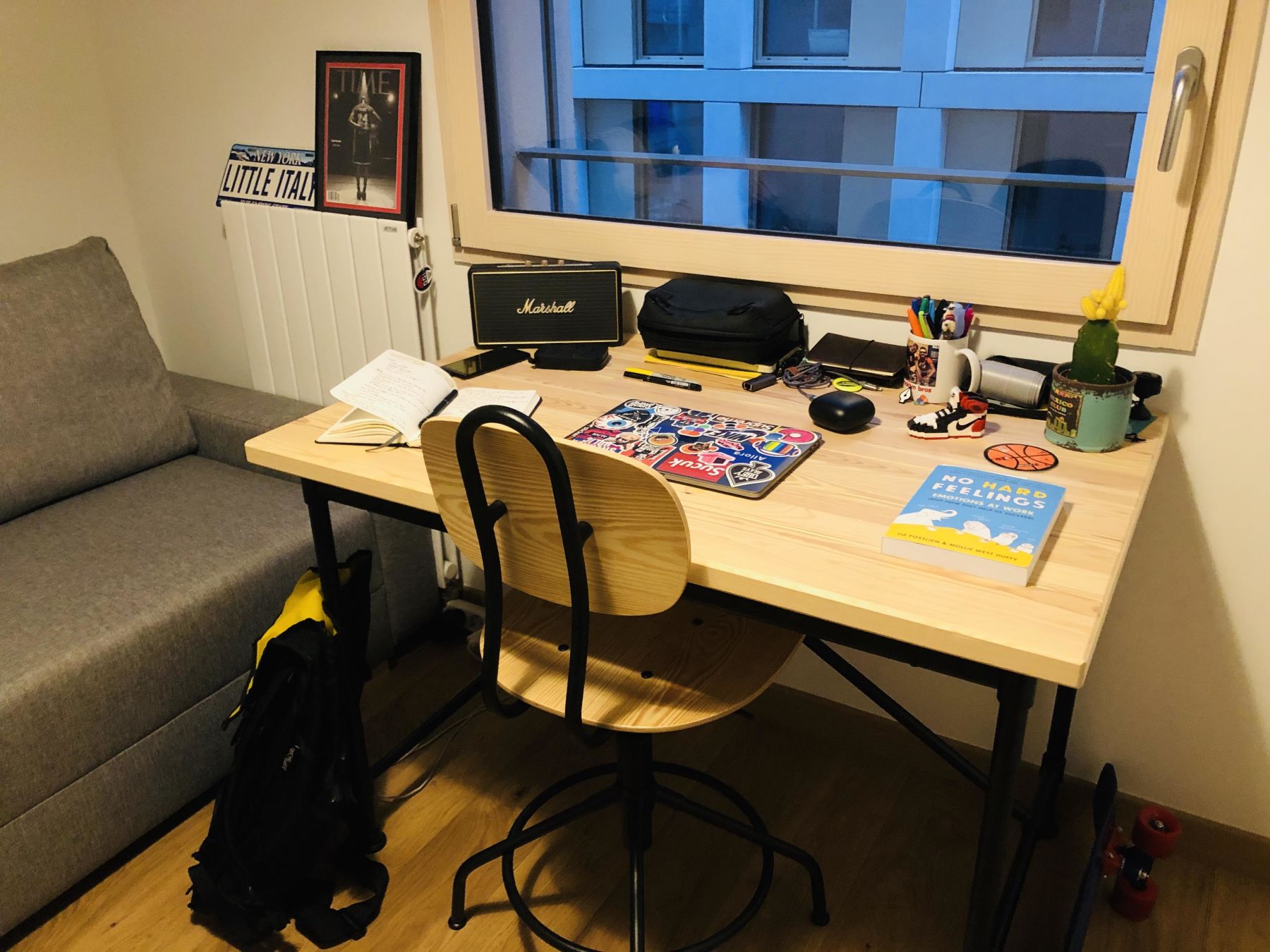
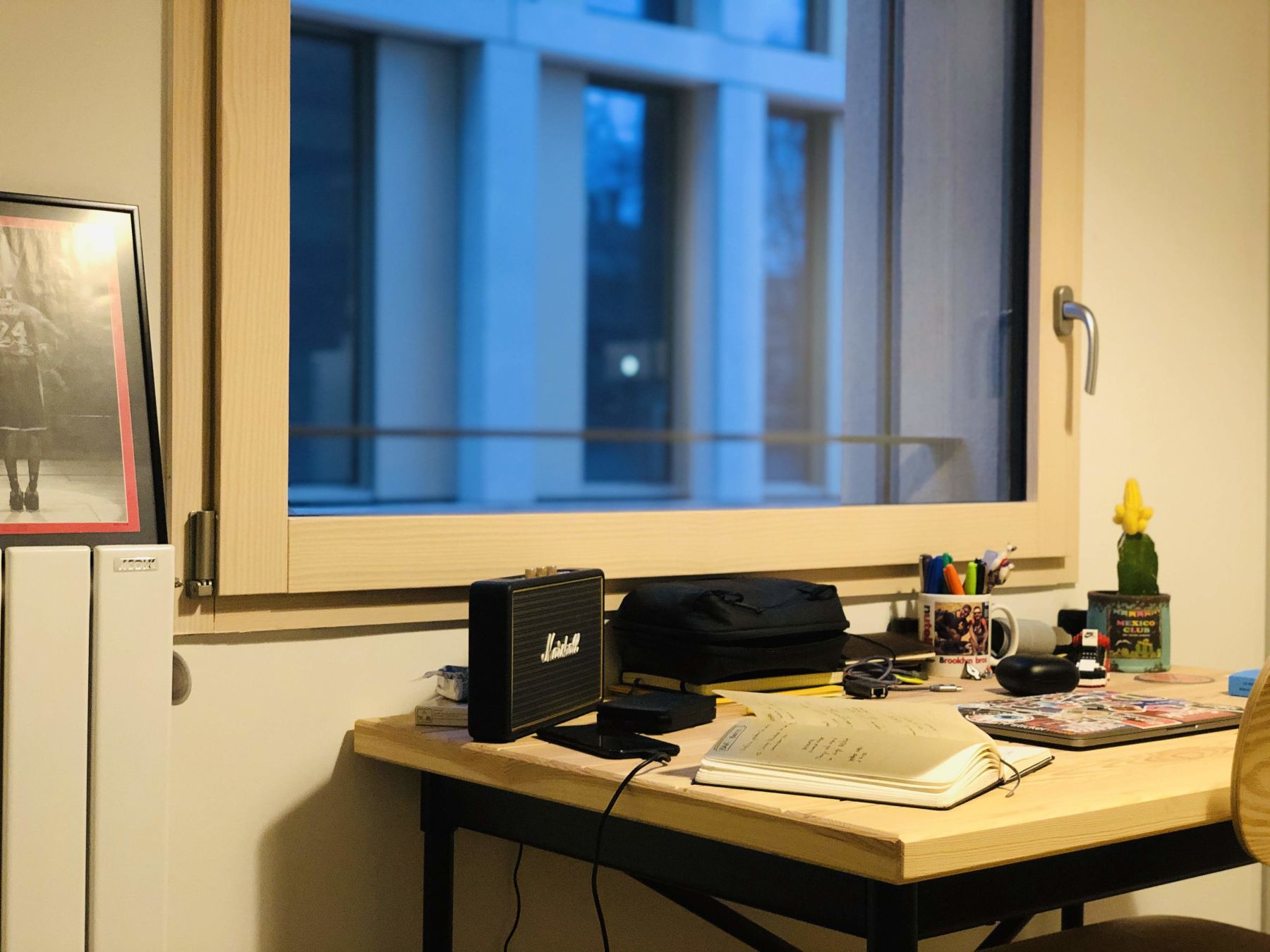
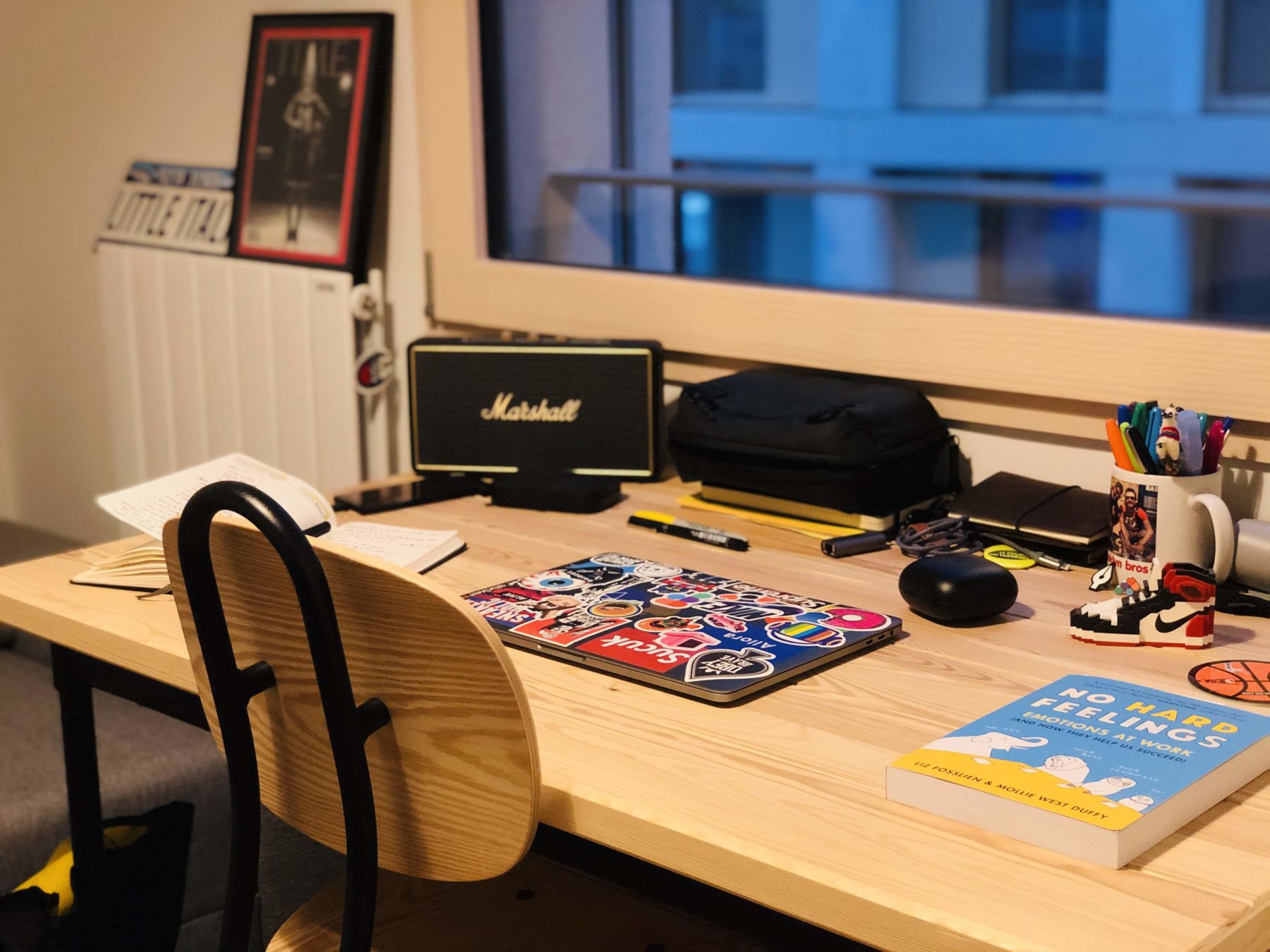
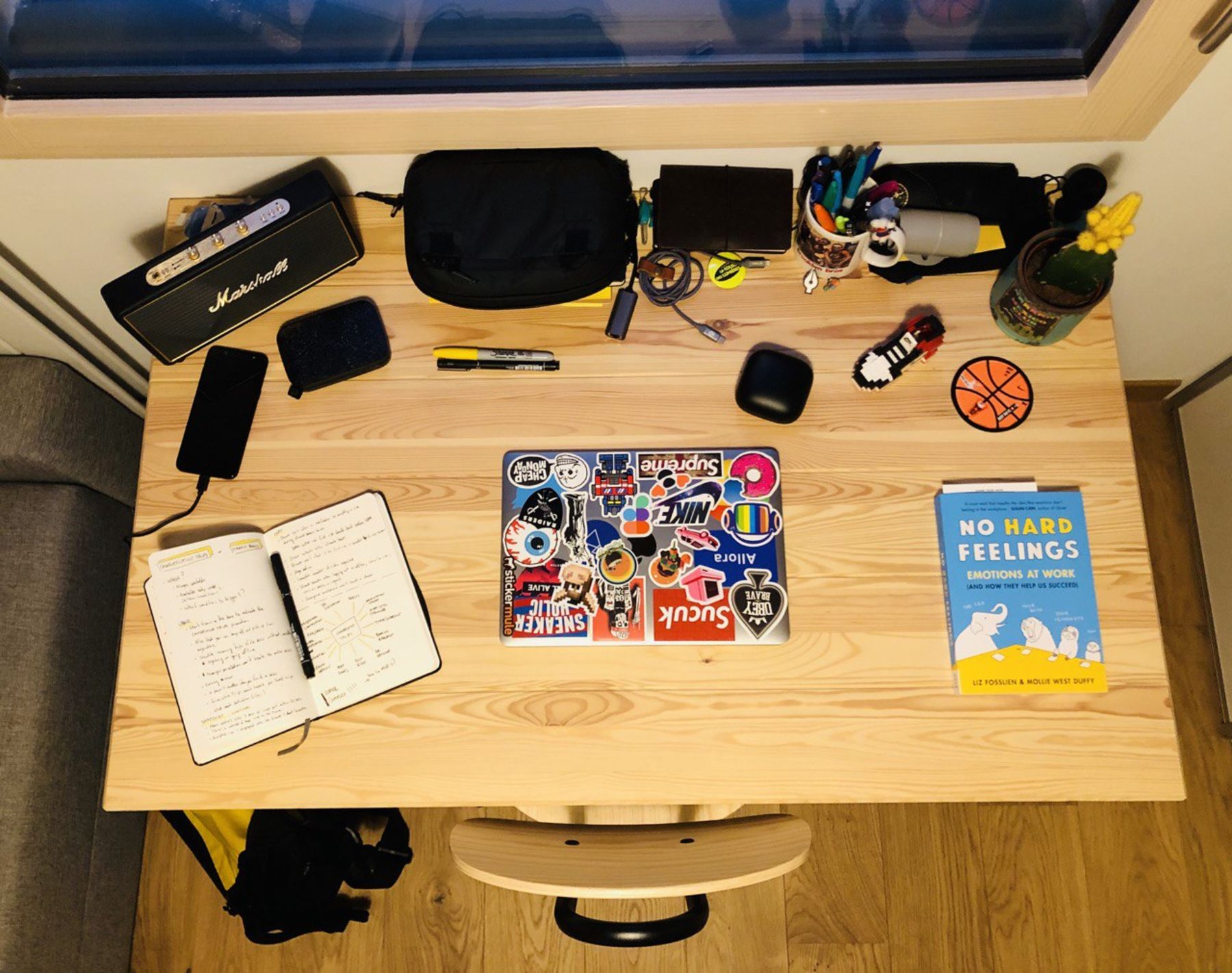
What are you working on?
At the moment I’m working on a project aiming to increase drivers’ acceptance rate on our platform by providing better information to them in order to make our service more reliable. It’s a very challenging problem to solve and we’re still doing research and users’ interviews in order to get more insights.
Apart from that, I’m also contributing to our design system, called Flamingo, and to the redesign of our app (which is almost done).
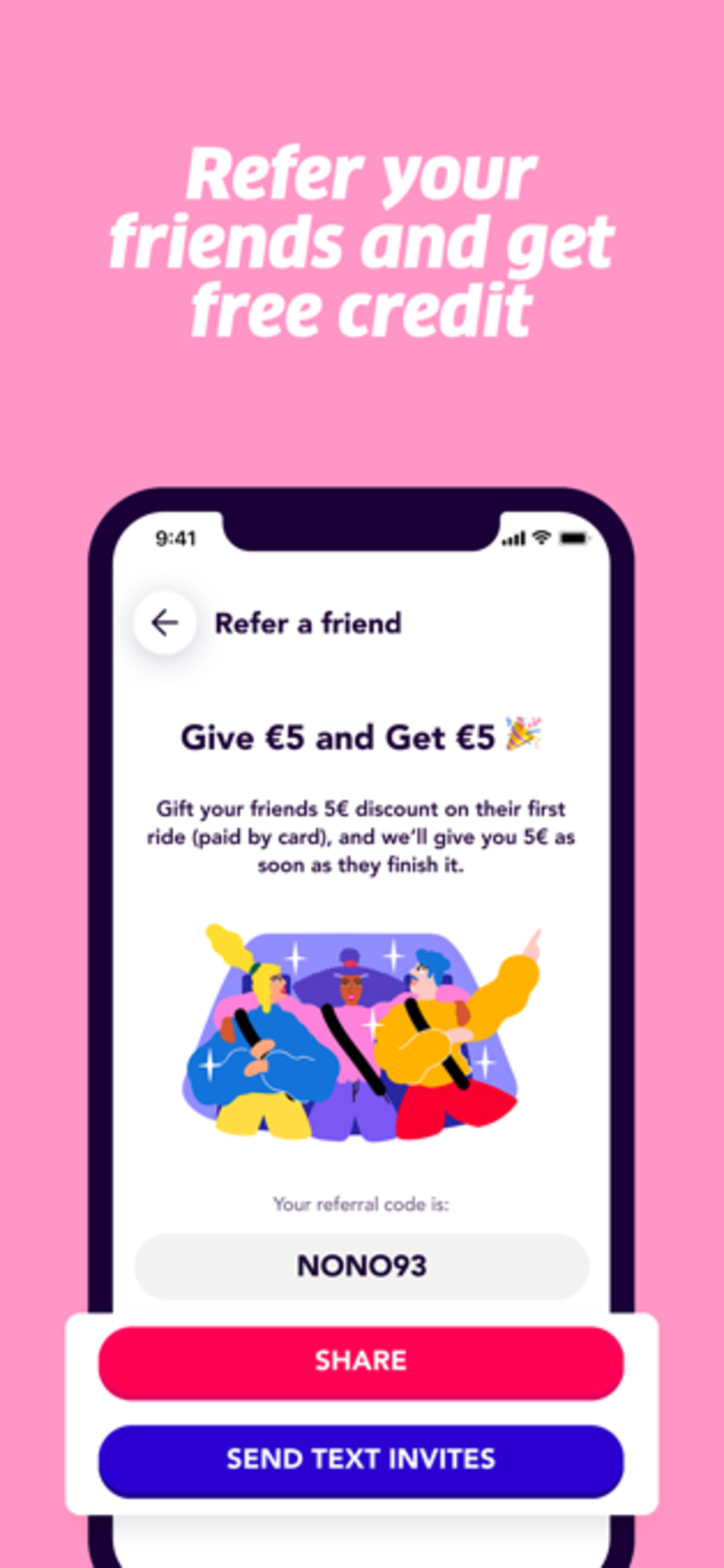
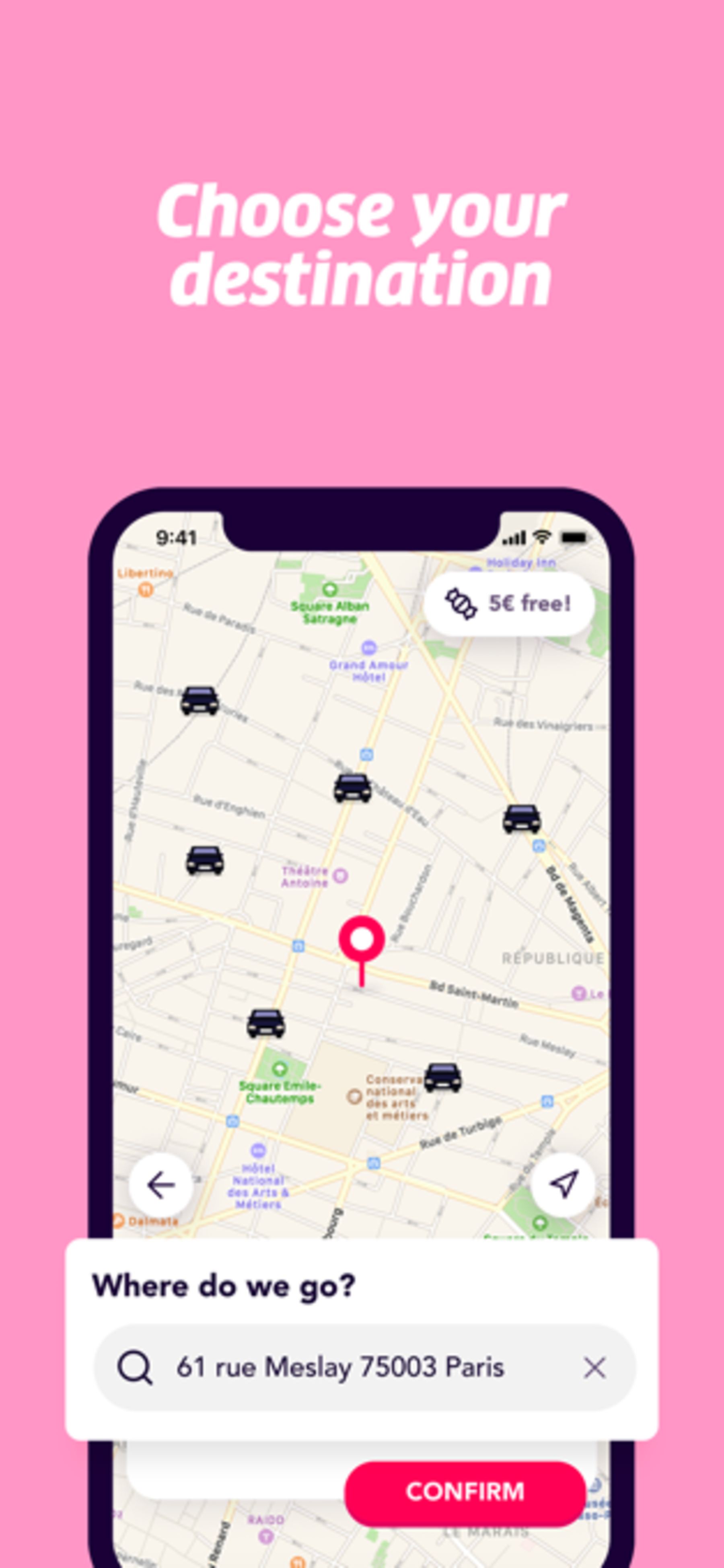
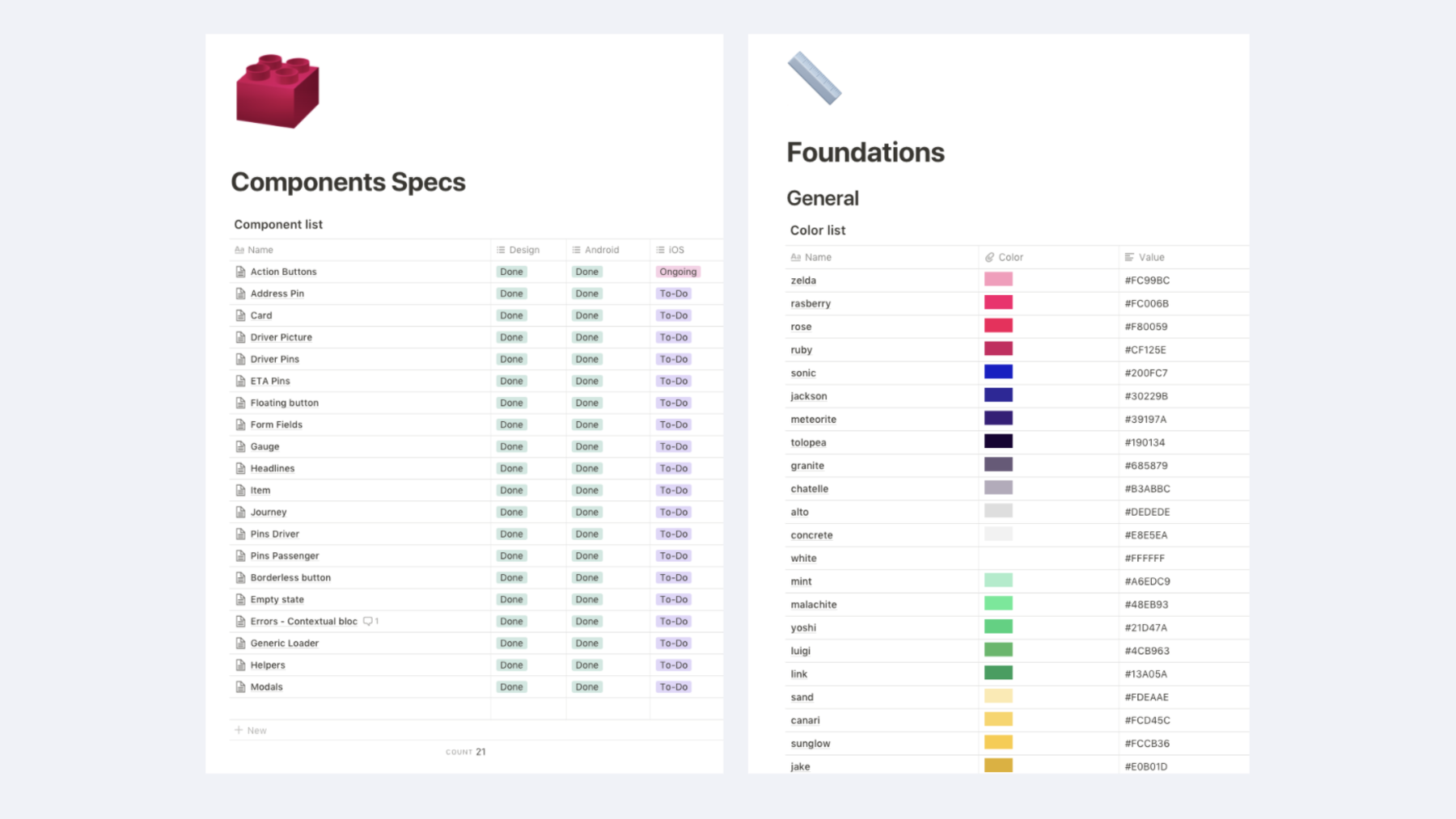
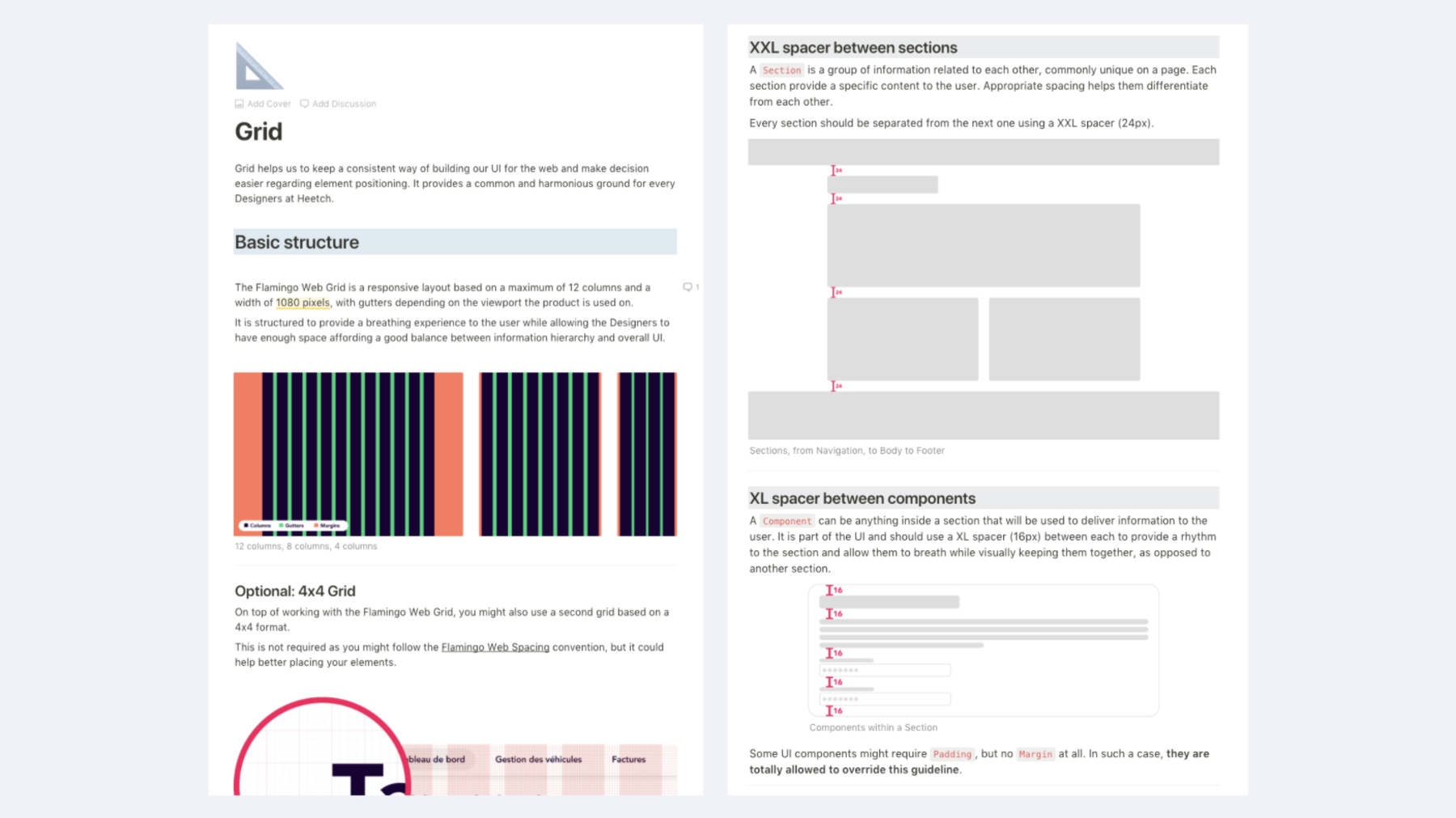
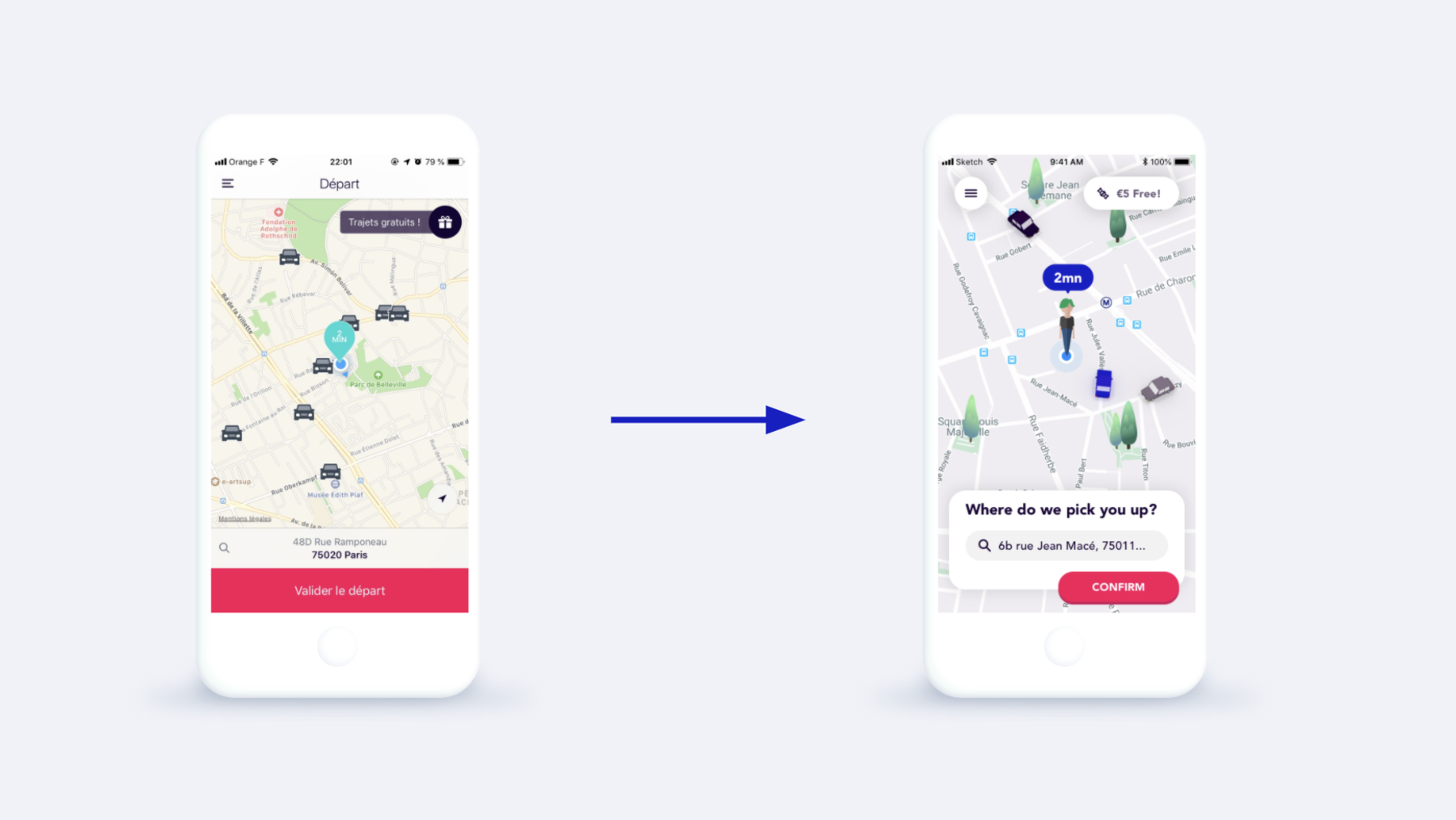
What’s your design process?
My design process is pretty standard. You won’t find anything new in my process compared to the product design process definition we have these days.
I’d describe it as a collaborative, iterative and adaptive process.
I normally start with a problem (no matter how that problem was spotted), I collaborate with my team in order to make sure it’s a real problem and that is something important to solve as a priority. I do my research around it in order to understand why that problem is happening while interviewing product experts and users. Once the problem is clear, I sit down with my team and together we generate ideas and things to test. The goal is to have something testable as fast as possible.
Testing and validating ideas with real users is mandatory. Collecting all the feedback will allow us to iterate on the solution and deliver a usable feature/product.
Once that feature/product is out, we will iterate again on it in order to make it lovable.
What design work has recently inspired you?
Recently I’m really into shoe design, biomimicry, and state borders. I don’t really have a particular work to mention, but these three topics are very interesting and took my attention recently, so I guess it’s safe to say that they are inspiring my work somehow.
What are the biggest advantages of working remotely?
Remote work gives you a huge advantage: flexibility.
Being able to organize yourself and your days, to set your own pace and routine, being able to decide when to focus, all these things are new to me and I only experienced them when I started working remotely at Heetch.
Of course, the company remote culture is super important. The possibility to be working remotely alone won’t have any positive impact if the company doesn’t support and help to teach and spread the remote culture to everybody. I’m pretty sure that all the advantages I have while working remotely could immediately become disadvantages if the company culture weren’t the way it is today.
What are the biggest challenges of working remotely?
From my point of view, the biggest challenges of working remotely are overworking and isolation.
It’s super easy to find yourself checking stuff and replying to someone late at night, during weekends or during your holiday. Which from time to time could be fine because of plenty of reasons (you want to finish something, you were traveling the day before so now you have to compensate, all the stuff you need to work are easily accessible so it takes you literally no time to open your laptop and do all those stuff you didn’t have time to do during your week) and you shouldn’t being scared nor ashamed of that. You simply need to keep track of it, so you can be aware of it and keep it under control.
Isolation is something hard to fight but being more exposed to it and knowing that you can’t really deprive yourself of human touch and real-life relationships, will push you to seek more for those relationships and it will allow you to benefit even more from it.
So far I’d say that the best way of fighting those challenges is to use them as motivation to better organize my work and to improve the quality of the time spent with people in real life.
Any advice for designers looking to go remote?
As a product designer working remotely for the very first time I think that remote work isn’t for everybody. Don’t get me wrong, but I truly believe that the viability of remote work is personal. It’s something that varies from person to person, context to context.
You have to make sure you’re ready to make more efforts compared to an in-house job and not thinking only about all the advantages a remote position can provide you.
Without mentioning stuff you’ll find in any article about remote work (having a routine, having a space dedicated to work, etc…), I think that you really need to ask yourself if you’re ready to put a lot of effort in written communication. Of course, you can always jump in a call and discuss stuff with your colleagues, but while working in a remote-first company, a lot of communication is done asynchronously and the only way of doing that is by written communication (or video messages, but I never tried that).
I realized that written communication can generate a lot of friction due to all the interpretations your colleagues might have while reading your messages. Unless you’re ok with putting all yourself while writing stuff and expressing yourself, you won’t be ready for going fully remote.
That’s the advice that I’d have loved to get when I was deciding if taking my first remote job.
And honestly, it is a great thing to do. Pushing yourself to look in a positive and constructive way to messages, feedback, and comments are something that will improve your day to day communication not only with your colleagues but also with your family and friends.
You can follow Fabiano on Twitter, Instagram, Linkedin and find out more on his personal website.
More from our blog
Get new remote jobs in your inbox for free
Latest jobs, interviews, articles and resources for Remote Designers sent to your inbox weekly.
We care about the protection of your data. Read our Privacy Policy.
Latest Jobs
- 10up
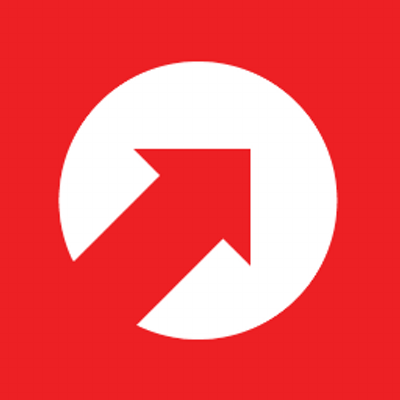 Lead UX DesignerUnited States • Full-time
Lead UX DesignerUnited States • Full-time  Staff Product Designer, Organic for BusinessUnited States • Full-time$83,500 - $275,300
Staff Product Designer, Organic for BusinessUnited States • Full-time$83,500 - $275,300- Technovation
 Graphic DesignerUnited States • Full-time$60,000 - $65,000
Graphic DesignerUnited States • Full-time$60,000 - $65,000 - Mozilla
 VP, Product & Design, PocketUnited States • Full-time
VP, Product & Design, PocketUnited States • Full-time - OddballUX DesignerUnited States • Full-time
